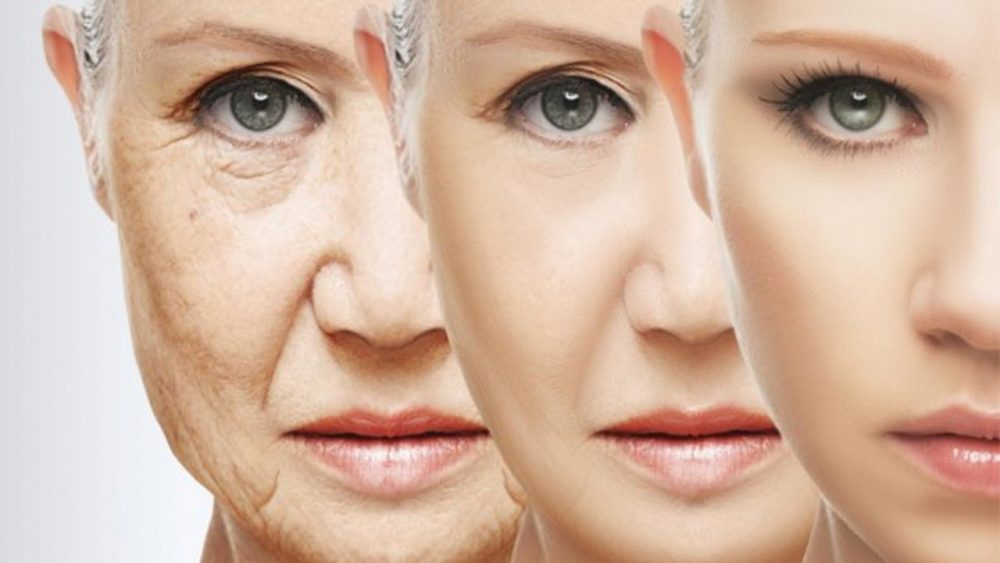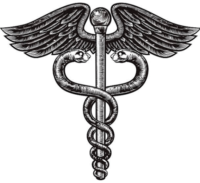Reverse Aging
Find recent biology news articles and the latest research in rejuvenation. This section on Reverse Aging news includes new research related to many related subjects such as biochemistry, genetics, cytology, bioengenering and Cell Biology.

Scientists Reverse Aging in Human Skin Cells by 30 Years in Groundbreaking Study
The study published in the journal, eLife, is based on regenerative biology, a field that aims to repair or replace old cells. The team experimented on old cells and reprogrammed them to tweak their profile similar to a cell 30 years younger.
A team of researchers at the Babraham Institute has developed a method that can make the skin cells younger by as much as 30 years. Trumping ageing, a process that eventually leads to death, has been a challenge for scientists for decades. Adding a unit to the ongoing efforts, researchers working under the Epigenetics research programme at the Babraham Institute have partially restored the function of older cells. The study published in the journal, eLife, is based on regenerative biology, a field that aims to repair or replace old cells. The team experimented on old cells and reprogrammed them to tweak their profile similar to a cell 30 years younger. The technique used for the research was the same as the one used to make stem cells.
However, instead of completely erasing the cell identity and turning it into a stem cell, researchers were able to make them biologically younger, while still being able to maintain their specialised cell function.
“Our results represent a big step forward in our understanding of cell reprogramming. We have proved that cells can be rejuvenated without losing their function and that rejuvenation looks to restore some function to old cells,” said Dr Diljeet Gill, a researcher at the institute, in a press release.Talking about the implications of the research, the lead researcher of the study, Prof Wolf Reik, said, “This work has very exciting implications. Eventually, we may be able to identify genes that rejuvenate without reprogramming, and specifically target those to reduce the effects of ageing.”Researchers believe that this technique can make the cells not only appear younger but function like young cells too. In addition, the path ahead can lead to “other therapeutic possibilities,” such as treating Alzheimer’s, or the development of cataracts. The study is still in the nascent stage and will require exploring the “next piece of the puzzle.”
Expertise Areas
Is it possible to reverse ageing?
By uncovering the genetic secrets of humans and animals that live unusually long lives, scientists are finding extraordinary ways to wind back our cellular clocks fast.
Anja Taylor investigates one of these methods achieving extraordinary results in just five days.
Can we reverse ageing and make our cells young again?
Ageing is an almost universal process where physical fitness reduces over time. This poses a major challenge to our society as this also increases the risk of many diseases such as heart disease, neurodegeneration, and cancer. Therefore, approaches that reverse ageing could have major impacts by delaying or preventing these diseases and increasing our healthy lifespan. Here we will show you how our work is taking us one step closer to achieving this goal.
01
What is ageing?
As we age, the cells within our body undergo a variety of changes that cause a decline in their function. These changes include the epigenome (the set of marks on our DNA that help cells decide which genes to use and which to ignore). Some of these epigenetic changes occur consistently with age and by measuring them with tools called epigenetic clocks, we can determine how old our cells actually are. Epigenetic clocks are especially useful for assessing how treatments affect the ageing process and excitingly show that stem cell reprogramming has a lot of potential.

02
What is reprogramming?
There are many cell types in the human body called somatic cells which are specialised to carry out different functions. During the process of reprogramming, somatic cells change back into stem cells, which are unspecialised cells capable of becoming all cell types in the body. Reprogramming requires four genes: Oct4, Sox2, Klf4 and Myc (OSKM), also known as the Yamanaka factors, which together coordinate the process. The reprogramming process can be divided into three major phases. The first phase is called the initiation phase and is where the genes required for the starting somatic cell are switched off. The second phase is called the maturation phase and is where some stem cell genes are switched on. The third and final phase is called the stabilisation phase and is where the remaining stem cell genes are switched on.Excitingly, reprogramming rejuvenates multiple features of ageing including epigenetic clocks. However, there are several caveats to complete reprogramming. Most importantly, all specialisation is lost so reprogrammed cells cannot perform the functions they used to. We can promote stem cells to specialise through a process called differentiation, however, this is not yet possible for all types of cells. In addition, we can only generate immature versions of some cell types, which do not have the full functionality of adult cells. As a result, we wondered if the reprogramming process could be altered so that rejuvenation could occur without the loss of cell type.
03
What is transient reprogramming?
Transient reprogramming involves starting the reprogramming process and stopping it before it completes. This alternative approach is exciting as it allows cells to return to their original cell type and regain their functions, avoiding the caveats of complete reprogramming. We have developed a new method for transient reprogramming called maturation phase transient reprogramming (MPTR) where fibroblast cells are reprogrammed until they reach the maturation phase and then the reprogramming process is stopped. When we carried out MPTR, cells became rounder and smaller as well as lost surface markers typically found on fibroblast cells. But once we removed the reprogramming factors, the cells returned to their original elongated shape and regained fibroblast surface markers. This ability to remember their original cell type may come from epigenetic memory at enhancers (sections of DNA that help control when genes are switched on) linked to fibroblast genes. In addition, some fibroblast genes remained switched on during MPTR so these may also help cells to remember what they used to be. Now that we knew cells could return to their original cell type, we were excited to see how MPTR affected the age of these cells and what that could mean for healthy ageing
04
Maturation phase transient reprogramming rejuvenates cells
Excitingly, MPTR reversed multiple features of ageing and according to epigenetic clocks, cells became 30 years younger compared to cells that did not undergo transient reprogramming. In addition, the transcriptome (which genes are switched on or off) rejuvenated to a similar extent.
The functional characteristics of skin cells, also demonstrated some rejuvenation. Fibroblasts can be found in the skin where they maintain the tissue and help repair in the event of an injury. We found that fibroblasts produced more collagen (a key protein secreted by fibroblast cells that helps maintain the structure of the skin) after MPTR. In addition, we performed an in vitro wound healing assay on fibroblasts after MPTR and found that the speed at which cells moved was partially restored to youthful levels. These results are exciting as these cells could improve the healing process in the skin and help us to treat conditions such as cuts, burns or ulcers.
Overall, rejuvenation by maturation phase transient reprogramming appears very promising. In the future, this technology could be used to improve cell therapies by functionally rejuvenating cells before they are given to patients to help with age-related illnesses. Additionally, by understanding the mechanisms at play during MPTR, we may be able to separate those responsible for rejuvenation from those responsible for stem cell reprogramming. This may enable us in the future to promote rejuvenation without reprogramming at all.
Appointment
Want to make booking or have a question?
Call us on 123-456-7890 or simply book an appointment
